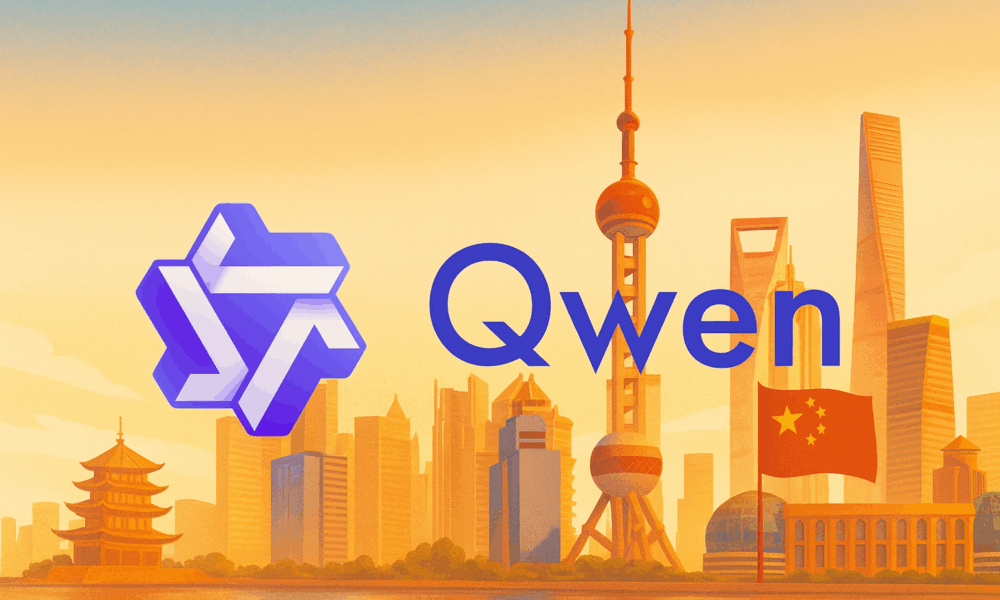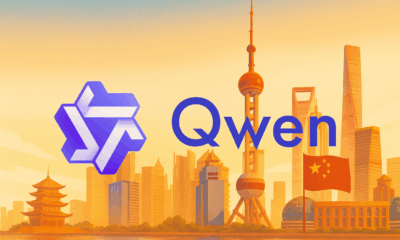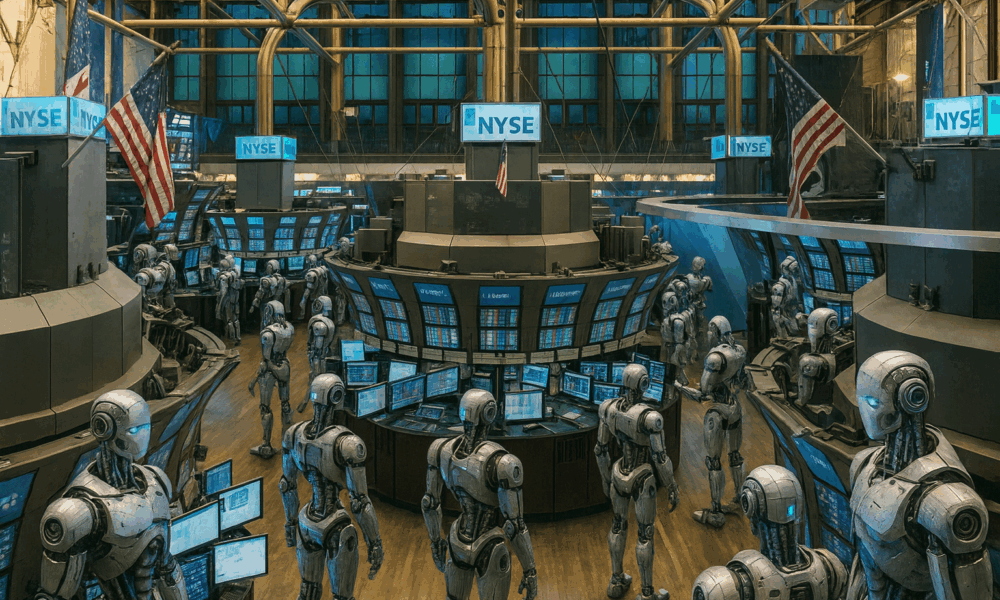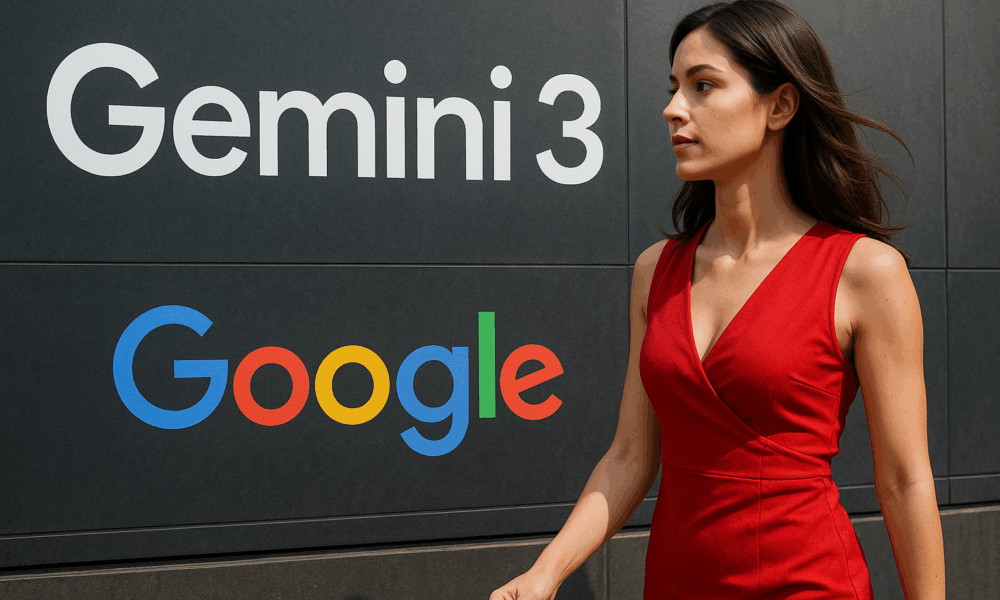


Why This Comparison Matters Now Qwen, the large language model developed by Alibaba Cloud, has recently been gaining significant attention. The release of Qwen 2.5-Max and...



A Meteoric Debut for Qwen Alibaba’s freshly launched Qwen app has crossed 10 million downloads in just its first seven days — a staggering adoption rate...



How Content is Added and Curated Wikipedia’s Approach Wikimedia Foundation (WMF) supports Wikipedia, a free, volunteer-driven encyclopedia where anyone can register and directly edit articles. Over...



In a move that signals the financial industry’s next AI evolution, Franklin Templeton has entered a strategic partnership with enterprise artificial intelligence platform Wand AI. The...



In the rapidly evolving world of large-language models, two recent heavyweights dominate conversation: Google’s Gemini 3 Pro and OpenAI’s GPT 5.1. While both bring serious power...



Why This Matters Right Now In late 2025, Google, through its DeepMind research arm, introduced Gemini 3 as its most advanced foundation model to date. This model...



After stepping back from frontline leadership at Amazon, Jeff Bezos is re‑emerging in full force—this time as co‑chief executive of a multimillion‑dollar AI effort aimed not at...



In a moment when tech giants tout general-purpose AI as an inevitable future, Microsoft is intentionally shifting gears — committing to an advanced intelligence that serves...



All the signs are flashing red. After years of unchecked hype and enormous capital flows, the artificial‑intelligence boom is showing unmistakable signs of strain—and when the...



A watershed moment in digital security unfolded when Anthropic disclosed that its AI model was manipulated by attackers to carry out tens of automated intrusions—a clear...